Rum Extracts Work As A Substitution for Rum
Someone wrote and asked about my tiramisu recipe and wanted to know if there was a good “rum substitution they could use for the rum and if so, how much?”; I wasn’t sure so I looked up McCormick & Company’s web site and found they have an extract.
According to McCormick & Company, for every tablespoon of dark rum required in a recipe, you can substitute 1/2 tablespoon (1 ½ teaspoon) of rum extract. On the other hand, for 1 tablespoon of light rum, you substitute ½ teaspoon of rum extract.
So if my tiramisu recipe called for ½ cup of light rum, you could use 4 teaspoons of rum extract. You may have to add a little water to keep the liquid ratio right.
However, my recipe calls for ½ cup of Dark rum. That means you would substitute 4 tablespoons of rum extract to equal the flavor. I’m not sure if it wouldn’t be more cost-effective and easier just to use Dark rum unless you are restricted from using any alcohol in your diet.
McCormick & Company’s Usage Tips
- 1/2 teaspoon Rum Flavor = 1 tablespoon light rum
- 1 1/2 teaspoons Rum Flavor = 1 tablespoon dark rum
What About Alcohol?
Rum extract typically contains between 35% and 40% alcohol by volume, about the same as some distilled spirits. This high alcohol content helps dissolve the vanillin and other aromatic compounds from the vanilla bean, making it a concentrated flavoring agent.
Despite its alcohol content, vanilla extract can be sold in grocery stores as non-alcoholic because it’s classified as a “flavoring” or “food product,” rather than an alcoholic beverage. The FDA and other regulatory bodies recognize that rum extract is intended for cooking and baking, where it’s generally used in small amounts, and the alcohol essentially evaporates during cooking. Since it’s not meant for drinking, it’s regulated differently from liquor and doesn’t fall under the same laws as alcoholic beverages for sale or consumption.
UPDATE
The non-alcoholic beverage market has seen significant growth recently, with several new rum alternatives introduced to cater to those seeking the rich flavors of rum without the alcohol content.
How Are They Made?
Non-alcoholic rum alternatives are crafted using a variety of techniques to mimic the flavors, aromas, and mouthfeel of traditional rum without the alcohol. Here’s how they are typically made:
1. Distillation & De-alcoholization
Some brands start with a real rum base and use advanced de-alcoholization techniques, such as vacuum distillation or reverse osmosis, to remove the alcohol while preserving the rum’s essential flavors.
This method ensures an authentic taste but can be more complex and costly.
2. Botanical Blending & Flavor Extraction
Many alcohol-free rums are made from scratch by blending natural flavors and extracts that replicate the taste of traditional rum.
Common ingredients include:
Molasses & Cane Sugar Extracts – To recreate the sweetness of rum.
Vanilla, Caramel & Toffee Notes – Mimicking the aging process in barrels.
Spices (Cinnamon, Clove, Nutmeg, Ginger) – Providing the warmth of spiced rum.
Oak Extracts & Smoke Essences – Simulating the depth of barrel aging.
These ingredients are carefully mixed and sometimes distilled with water or natural acids to create depth.
3. Fermentation-Free Formulas
Unlike traditional rum, which relies on yeast fermentation to create alcohol, most non-alcoholic versions skip this step entirely.
Instead, they focus on combining plant-based extracts, fruit distillates, and spice infusions to simulate complexity.
4. Mouthfeel & Texture Enhancers
Alcohol has a distinctive “burn” and viscosity that non-alcoholic spirits must replicate.
Brands use glycerin, xanthan gum, or other plant-based thickeners to add body and weight to the liquid.
Some also include capsaicin (from chili peppers) or pepper extracts to mimic the warmth of alcohol.
5. Aging & Maturation Simulation
Traditional rum gains depth from years in oak barrels.
To replicate this, some brands use oak extracts, charred wood infusions, or even allow the liquid to rest in barrels for a short period before bottling.
Key Differences from Traditional Rum
No fermentation = No natural alcohol production.
No aging process (in most cases), though some brands use barrel-resting techniques.
More reliance on botanical extracts and flavor balancing.
Examples of Non Alcoholic Rums Available
Monday Zero Alcohol Rum
This non-alcoholic rum alternative features a sweet tobacco aroma with tropical fruit notes. On the palate, it presents flavors of burnt caramel, mocha, and roasted coffee, making it a delightful choice for classic cocktails like Daiquiris and Dark ‘n’ Stormy.
Ritual Zero Proof Rum Alternative
Designed to mimic the warmth and spice of traditional rum, this zero-proof option offers notes of vanilla, toasted spice, and a hint of oak. It’s crafted to provide the familiar rum experience without the alcohol content.
Lyre’s Dark Cane Spirit
This non-alcoholic spirit delivers strong caramel notes, with subtler hints of cola, butterscotch, baking spice, and mint. It’s suitable for those seeking a rich, dark rum alternative.
Alcohol-Free Rum Substitutions
If you’re looking for a nonalcoholic substitute for rum in your favorite recipe, there are several options to choose from. Here are a few common nonalcoholic substitutes for rum:
- Apple cider: Apple cider is a type of nonalcoholic drink that is made from fermented apples. It has a sweet, fruity flavor that is similar to rum. When using apple cider as a substitute for rum, you can use the same amount as the recipe calls for.
- Pineapple juice: Pineapple juice is a sweet, tropical juice that is made from crushed pineapples. It has a flavor that is similar to rum, with notes of citrus and vanilla. When using pineapple juice as a substitute for rum, you can use the same amount as the recipe calls for.
- Coconut milk: Coconut milk is a creamy, nonalcoholic milk that is made from the flesh of a coconut. It has a sweet, tropical flavor that is similar to rum. When using coconut milk as a substitute for rum, you can use the same amount as the recipe calls for.
- Vanilla extract: Vanilla extract is a type of flavoring that is made from vanilla beans. It has a sweet, fragrant flavor that is similar to rum. When using vanilla extract as a substitute for rum, you can use a little less than the recipe calls for, as vanilla extract is very strong in flavor.
- Almond extract: Almond extract is a type of flavoring that is made from the almond oil. It has a sweet, nutty flavor that is similar to rum. When using almond extract as a substitute for rum, you can use a little less than the recipe calls for, as almond extract is very strong in flavor.
In conclusion, there are several options to choose from when looking for a nonalcoholic substitute for rum in your favorite recipe. Apple cider, pineapple juice, coconut milk, vanilla extract, and almond extract are all good options that can add a similar flavor to your dish. Just be sure to adjust the amount used based on the strength of the substitute.
Commercial Products
After doing a little research, I found a few rum substitutes that say they are alcohol-free. These include:
Alcohol Free Rum
Ingredients
- ⅔ cup water boiling
- ¼ cup raisins
- 2 tablespoons butter
- 4 teaspoons molassis
- 1 tea bag black tea
Instructions
- Add the raisins, butter, and molasses to a bowl containing the boiling water. Stir to combine.
- Add the tea bag of black tea to the water mixture and steep for 4 minutes.
- Refrigerate the mixture for 1 hour to let flavors combine.
- Strain the liquid through a fine strainer or coffee filter and use it as a substitute for dark rum.

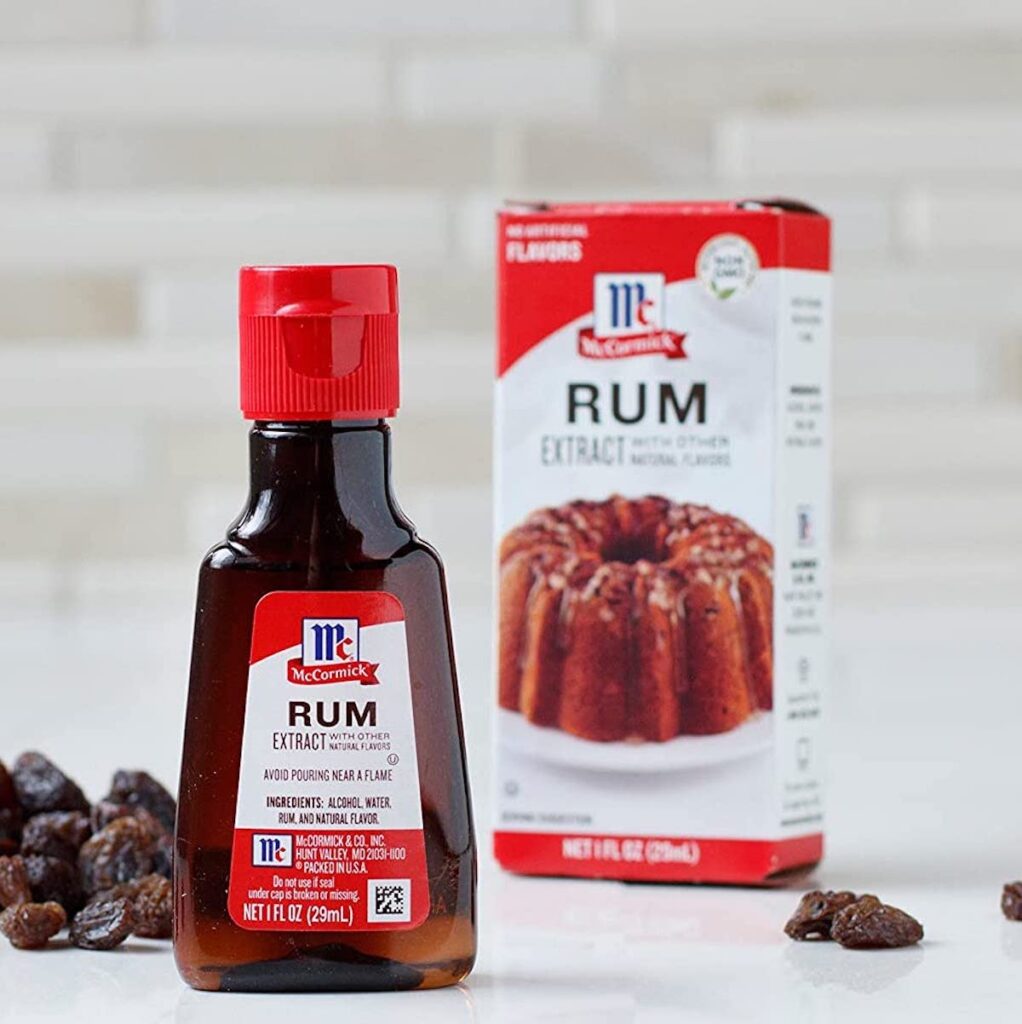
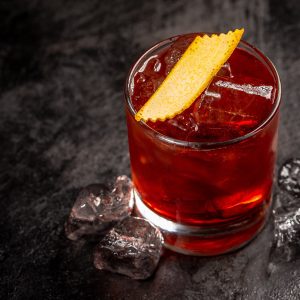

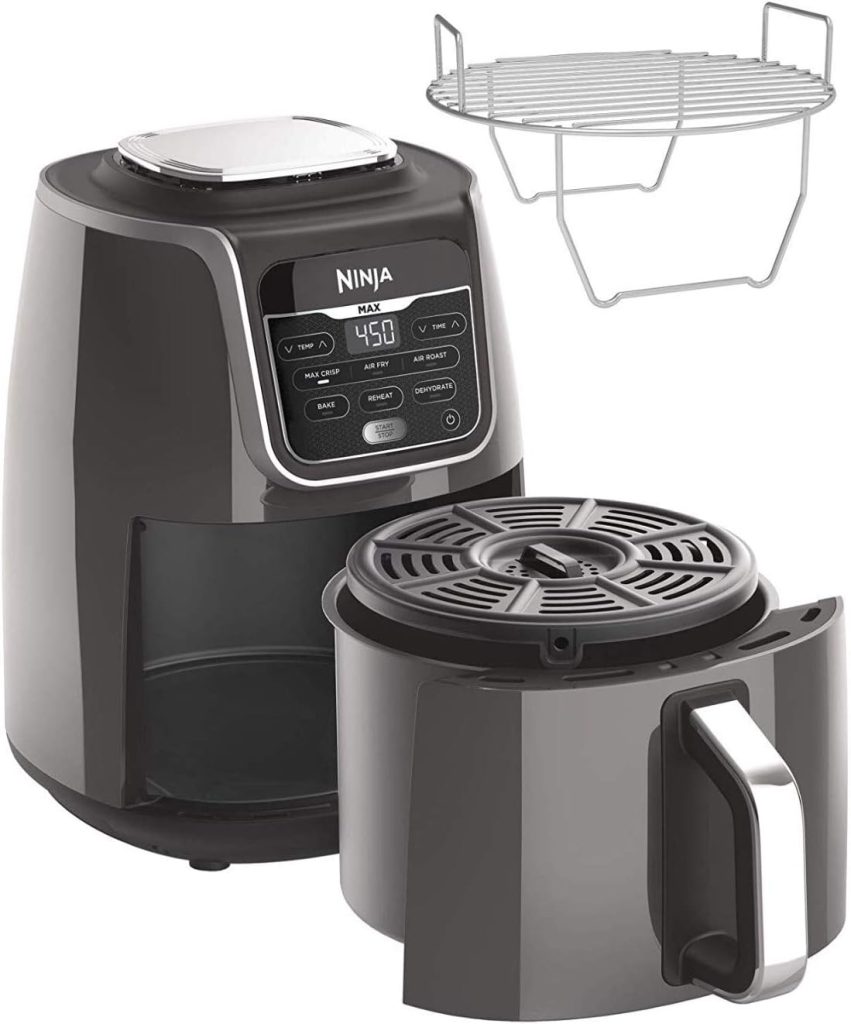
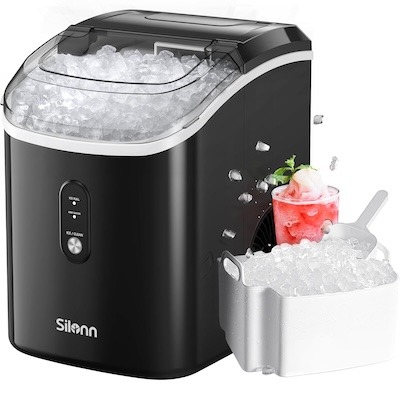
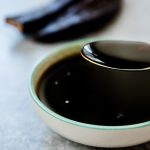


15 Responses
Where can I buy 1 gallon of rum extract?
That’s a lot of extract. I would do a search for institutional rum extract and see what comes up. Anyone else have an idea?
My recipe ask for 1/4 cup of rum,how much rum extract will I use to substitute the rum?
Hi Elton, I’m not sure but according to About.com,
• 2 Tablespoon rum = 1/2 to 1 teaspoon rum extract. If the liquid is an important part of the recipe, add enough water or apple juice to make up the difference.
• 1 Tablespoon dark rum = 2 Tablespoon rum extract.
• 5 Tablespoon light rum = 1 Tablespoon rum extract.
You’ll have to do the math.
Actually flavoring extracts, be they pure or imitation, contain alcohol unless specified otherwise (for example I’ve seen alcohol-free vanilla extract) so flavoring extracts still couldn’t be used by someone who’s trying to avoid alcohol altogether. I use the same brand of extract as the one you have pictured (which they have a good deal on at Walmart) and if you look on the back label on the ingredients list you’ll see “alcohol (25%)” listed (after propylene glycol and water) so I’m just saying you might want to update your blog o reflect that information more clear, lest someone get the idea that they’re avoiding alcohol altogether by using extracts.
Not everyone is old enough to buy rum, just saying.
But ANYONE of ANY AGE can buy RUM EXTRACT which is the point being made. *eye roll*
That was the point being made? Really?
I didn’t get that from any of the comments. I think maybe the eyeroll was a bit over the top.
IMO her response was to the poster saying there is alcohol in extract as well. The tone seemed belittling to those choosing not to use real rum.
I don’t want ANY alcohol used in recipes. Is a different extract available?
Sorry, more specific. Another flavor to be used in this recipe?
Not that I know of Julie.
To get a rum flavor without the alcohol, you can mix molasses with water until you get a similar taste to rum (it will be sweeter than rum, so you may have to cut the amount of sugar in the recipe). Rum is fermented molasses, and gets its flavor from the molasses.
Well, what do you know. I learned something today! Thank you?
Thank you ❤️
Vanilla extract and almond extract have as much alcohol as rum extract. Rum extract is not alcoholic because it has rum. It has alcohol because that’s how extracts are made.